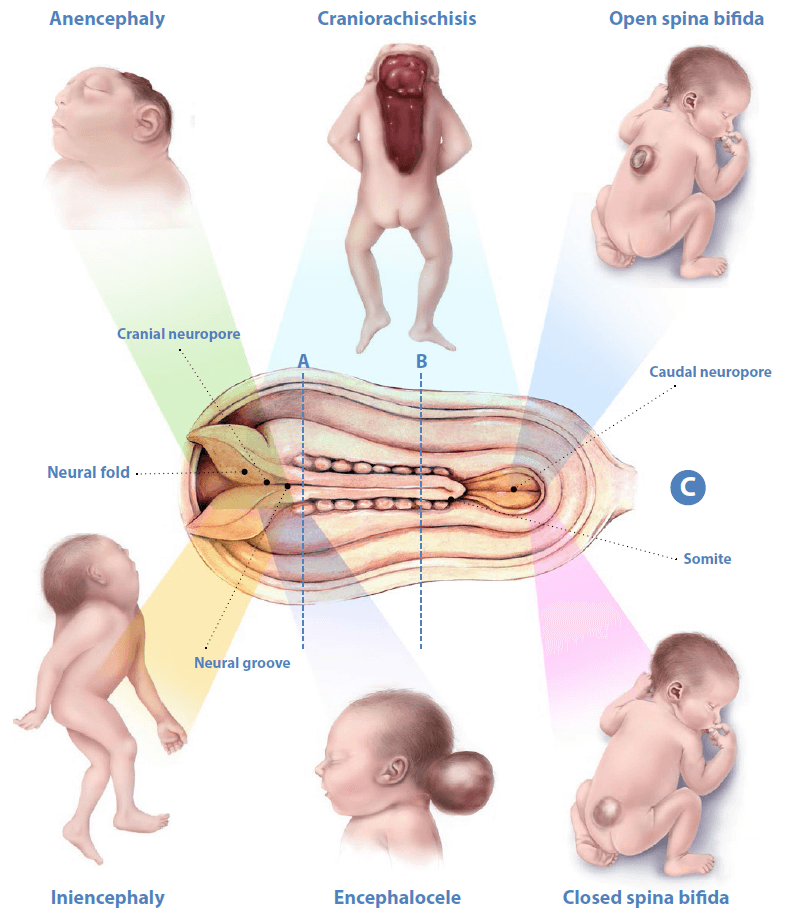
Spina bifida may produce many different disabilities ranging from mild to serious
The seriousness of each disability may vary depending on the location and extent of the injury in the spine. The severity also depends on the part of the nervous system and muscles affected. However, the most common type of disability is the spina bifida deformity that produces noticeable birth defects in a child.
A spina bifida deformity is one where the cerebellum (one of the parts of the brain that controls muscle coordination) is elongated. This type of deformity can occur either in a male or female. It usually occurs in one side of the baby's body while the other one experiences normal development.
Some of the most common symptoms of spina bifida are a child who has difficulty moving or has difficulty crawling, a child who looks like a dwarf as he gets older, or a child who may be born with deformed face or ears. Malformation in infants is usually caused by genetic defects in the mother or father. Some children are born with this defect in both parents. Sometimes it is impossible to identify the parent of a child with spina bifida because he or she may have both a normal sex chromosome and a damaged chromosome.
Other complications of spina bifida include cerebral palsy, seizures, and breathing problems. The deformity is usually caused by spina bifida during pregnancy.
Spinal cord injury is another reason a child may develop this condition. This is due to the sudden shock of the mother during pregnancy, which damages the nerves in the baby's spinal cord. There is a possibility that such an injury to the baby's umbilical cord could cause death during childbirth.
Infants who are born prematurely may also suffer from the same condition as well as they lack enough time to develop the strong and flexible spinal cords needed for spinal cord growth and repair. This can also result in the growth of tumors or malformations in the brain or other areas of the body. This can also occur due to other disorders such as anencephysis or cerebellar ataxia.

Another type of spina bifida is known as spondylolisthesis
This occurs when the upper part of the vertebral body becomes fused together which creates a bulge that protrudes out through the back of the vertebra.
As mentioned above, Spinal injuries can cause birth defects of various types in a child. Some of these defects include: cerebral palsy can be caused by a spinal cord injury while others include: breathing difficulties, hearing loss, blindness, and the inability to speak. These disabilities can lead to disabilities such as physical, mental and cognitive development as well as speech. Spinal injuries are often associated with a disability in swallowing, bowel or urinary tract disorders, eye problems, hearing problems, and problems with swallowing reflexes.
Infants who are born prematurely and those who have been diagnosed with spinal cord injuries are more likely to suffer from some form of developmental disorder and neurological impairment. They may also suffer from low birth weight. Other conditions include: learning disabilities, vision problems, hearing issues, poor motor skills and developmental delays.
Spina bifida is a condition that can affect all children equally. Although most babies with this condition do not suffer from any major problems, it can develop complications later in life. Some of these complications include: cerebral palsy, seizures, breathing difficulties, respiratory issues, and cerebral palsy. which is a progressive condition that affects the brain. and can lead to the child developing short term memory loss.
The risks of spinal cord injuries during pregnancy can be greatly reduced through proper care of the mother and her child. This includes: wearing correct fitting shoes and ensuring that the spine has adequate support while sleeping at night and being kept upright. It is also advisable that you keep the baby on a regular feeding schedule.
In addition, spina bifida can be a complicated condition to treat. It may require a lifelong commitment from the doctor in order to effectively cure the deformity and correct the problem. Spinal injuries during pregnancy can lead to life-threatening defects such as cerebral palsy or problems with swallowing or the ability to breathe.